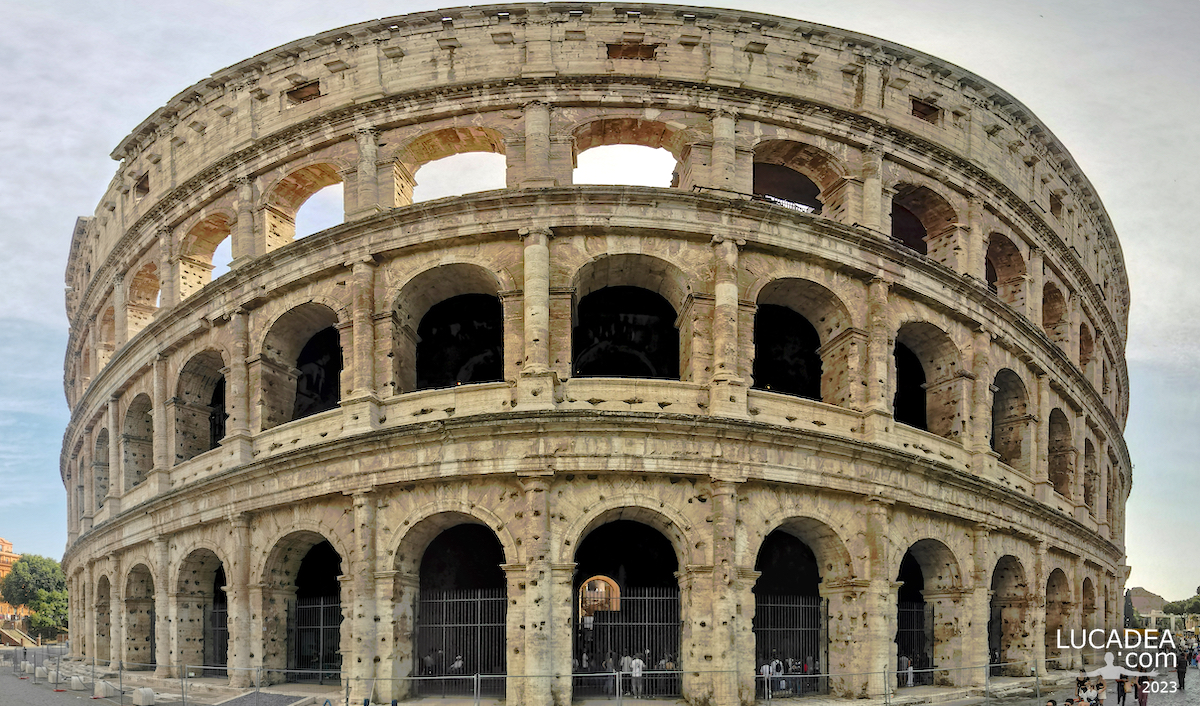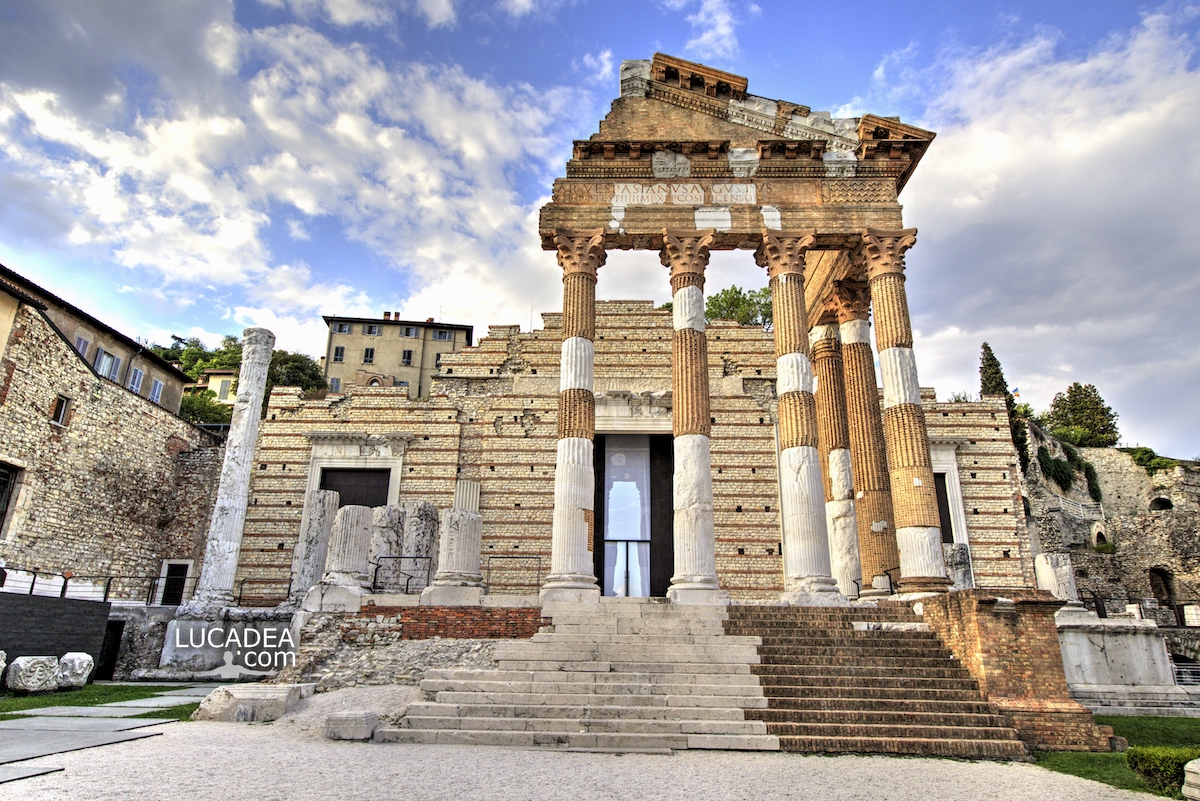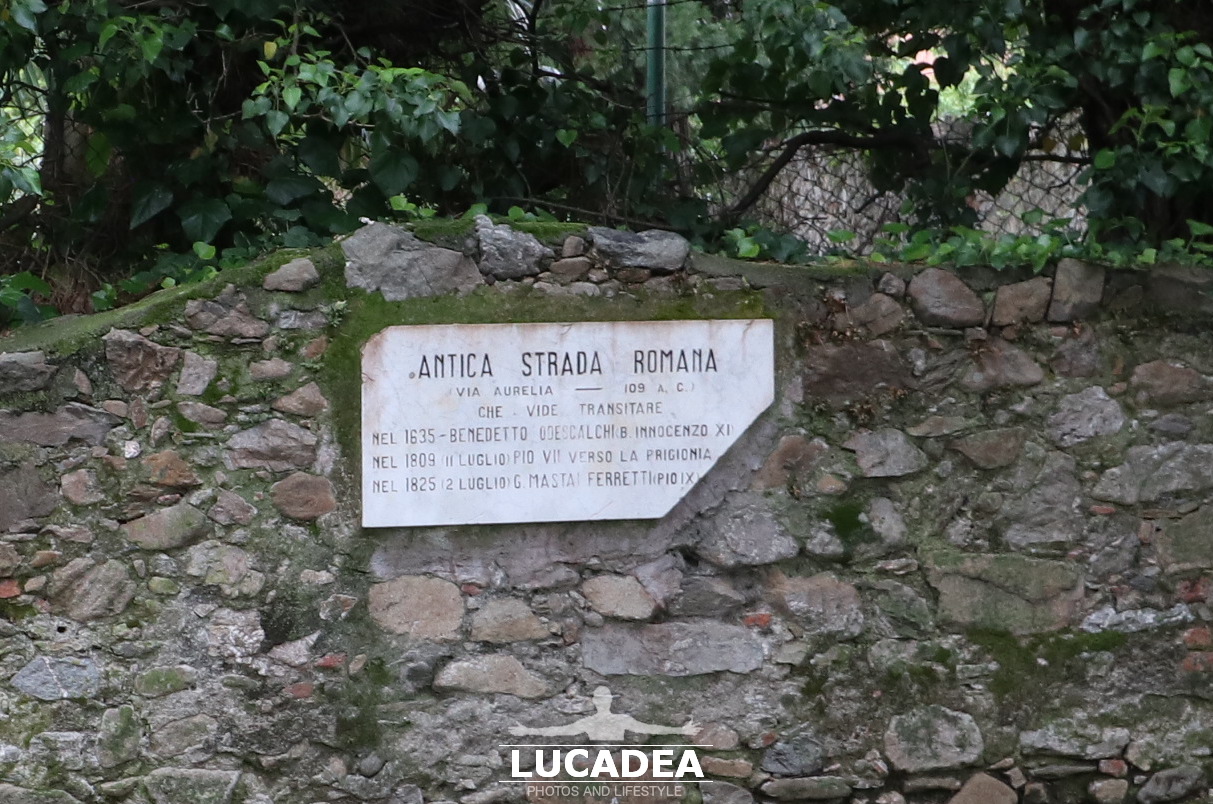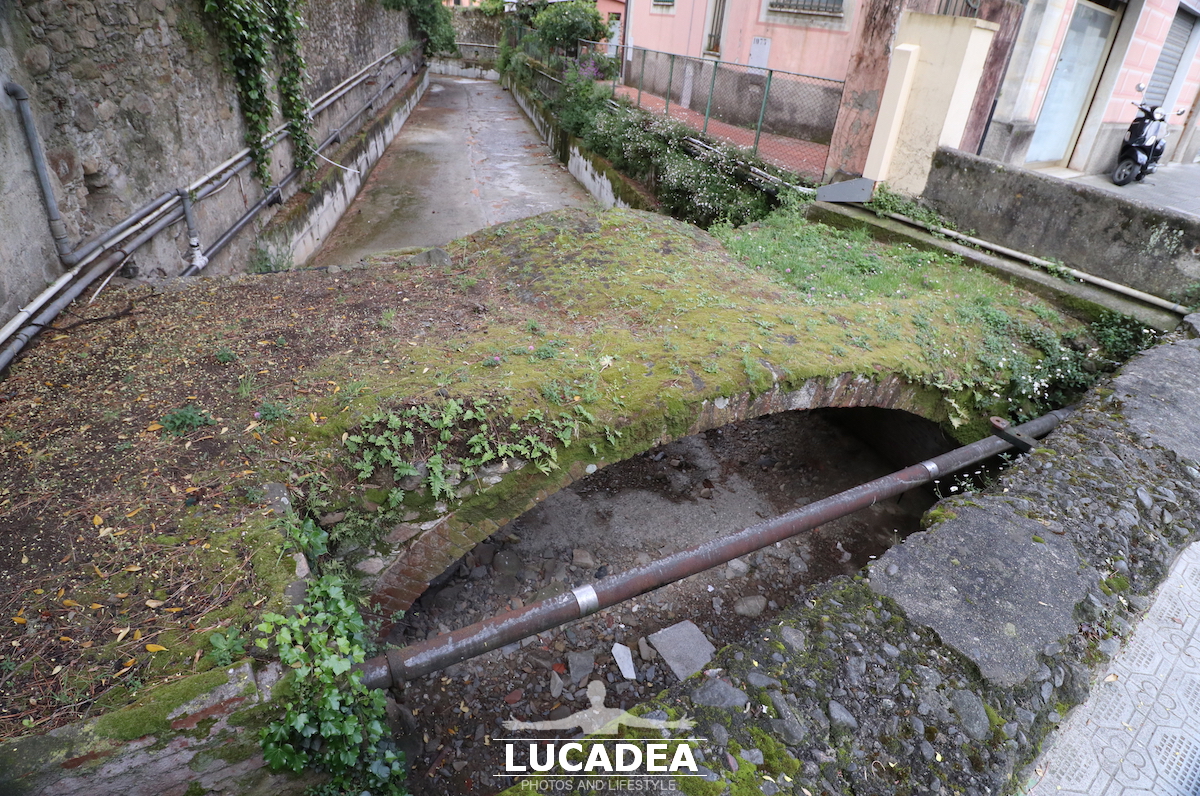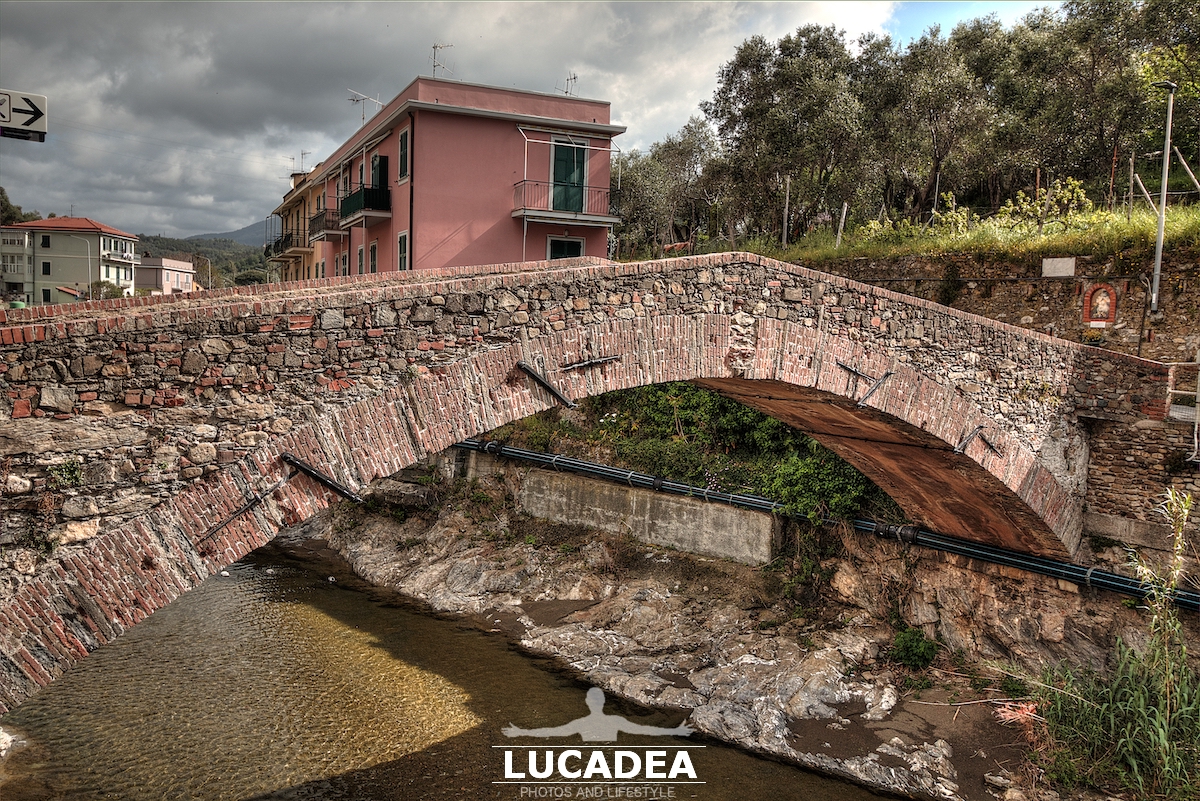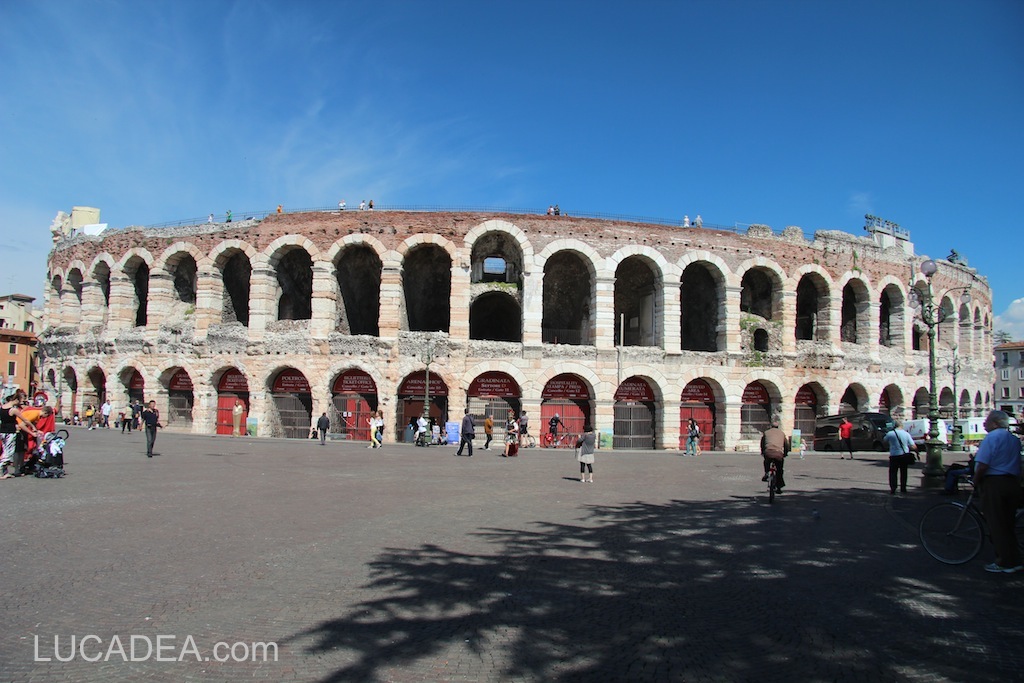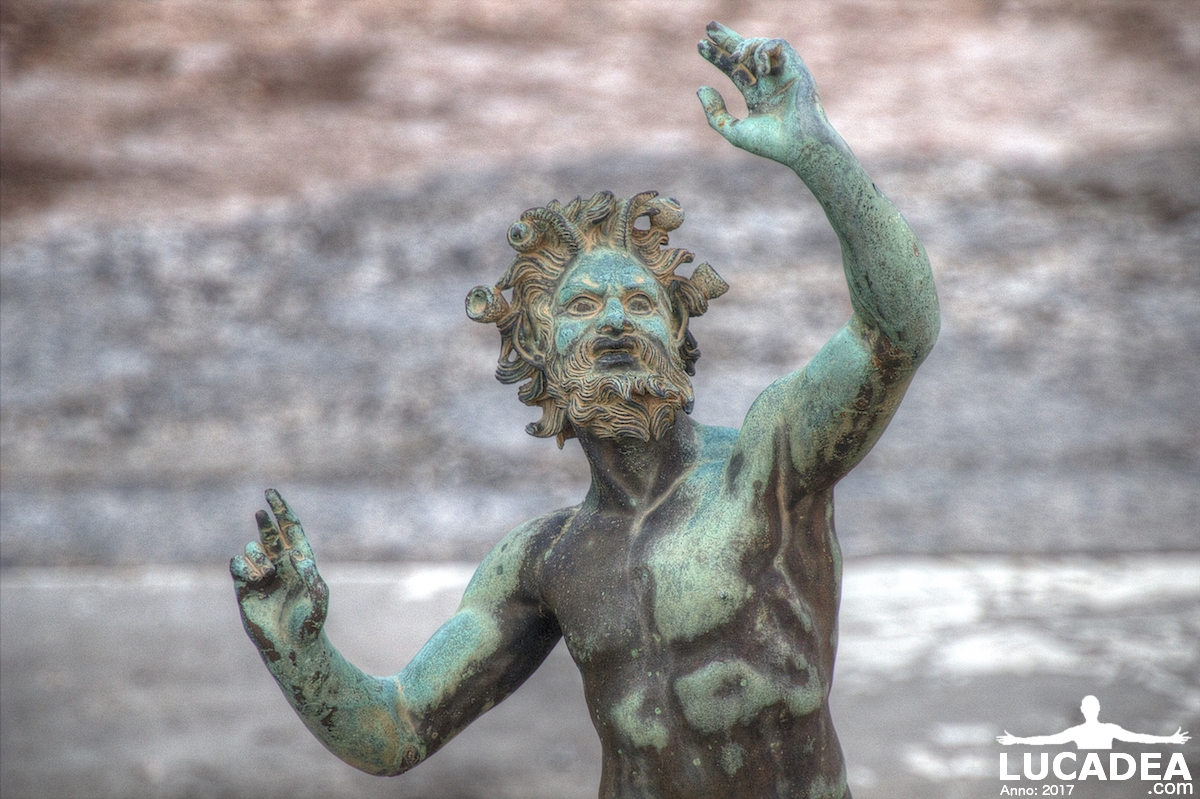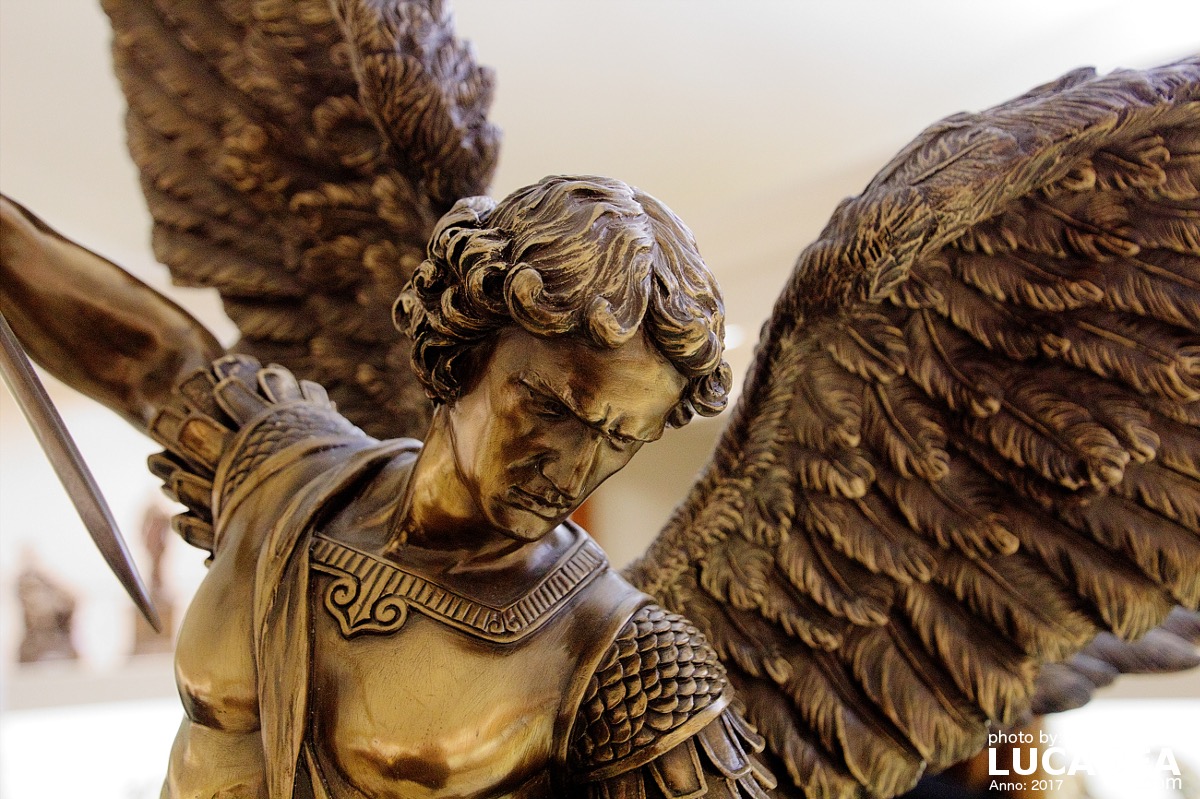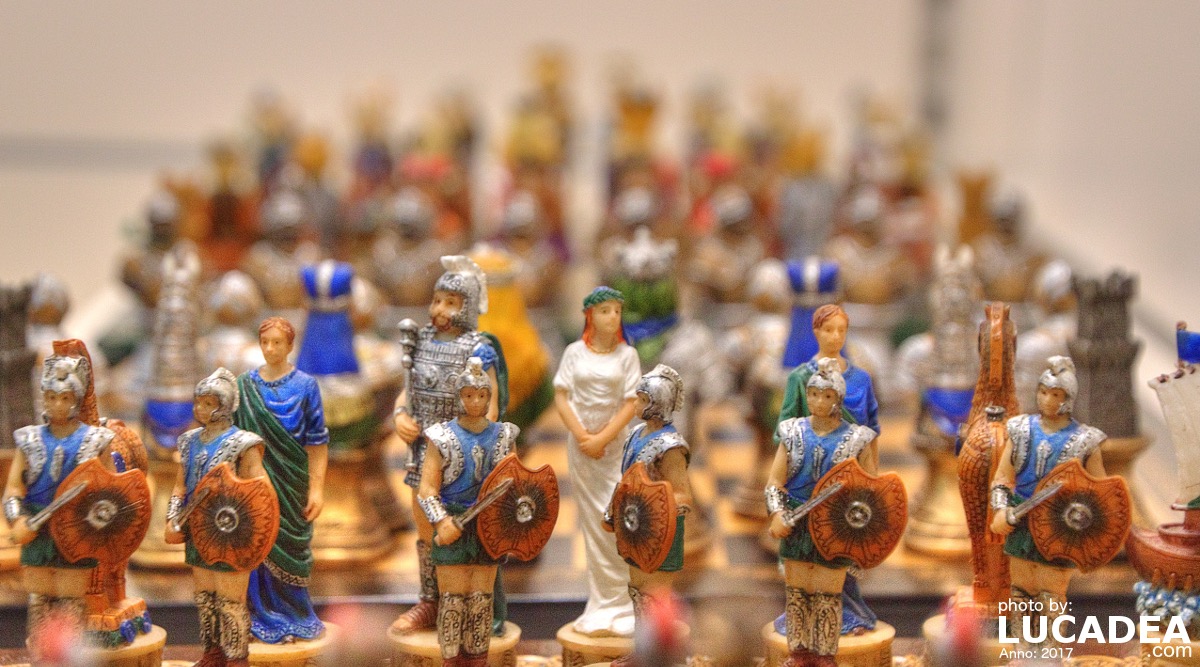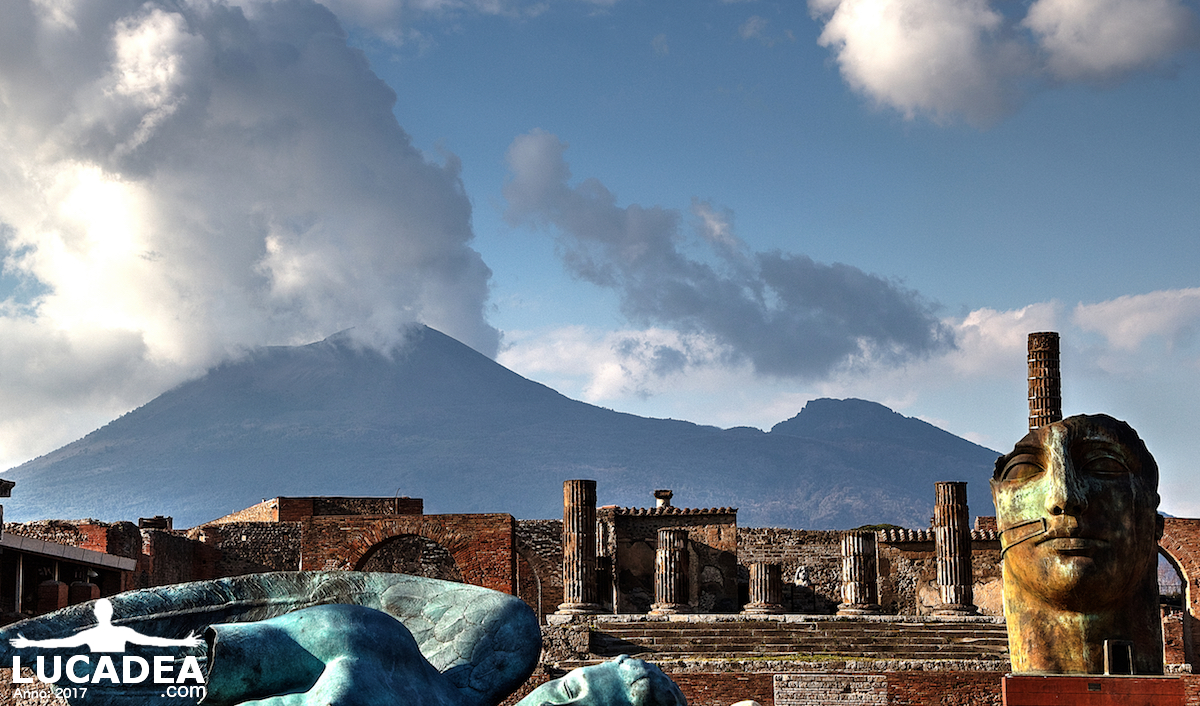The Colosseum: An Iconic Symbol of Ancient Rome.
The Colosseum, also known as the Flavian Amphitheatre, is one of the most iconic and recognisable monuments in the world. Located in the heart of Rome, Italy, this impressive amphitheatre has a fascinating history and timeless beauty that attracts visitors from all over the world. In this article, we will explore the history, architecture and cultural significance of the Colosseum.
The Colosseum was built during the time of the Roman Empire and is one of the largest amphitheatres ever built. Its construction began in 70-72 AD under Emperor Vespasian of the Flavian dynasty and was completed in 80 AD under his son, Emperor Titus. This grand amphitheater could seat up to 80,000 spectators and was used for a variety of public events, including gladiatorial games, theatrical performances, mock naval battles and other spectacles.
Its troubled history includes fires, earthquakes and looting, but the Colosseum has withstood the passage of centuries and has remained standing, a witness to the ages and transformations of the city of Rome. In the Middle Ages, it was used as a stone quarry for the construction of other buildings, but today it is a symbol of great historical and cultural importance.
The architecture of the Colosseum is an extraordinary example of Roman ingenuity. The amphitheater is mainly built of travertine stone, with an elliptical structure that measures approximately 189 meters in length, 156 meters in width and reaches a height of over 48 meters. The exterior façade was adorned with Doric, Ionic and Corinthian columns, which helped give the Colosseum a majestic elegance.
Inside, the stands were divided into different sections reserved for different social classes. The central section was reserved for the Roman elite, while the lower classes occupied the higher sections. The central part of the arena hosted the spectacular gladiatorial performances, battles between wild beasts and other shows. The arena was actually a wooden platform covered with sand, which could be raised to reveal the underground cells where gladiators and animals were prepared for performances.
The Colosseum is a symbol of Roman architectural ingenuity and the importance of games and entertainment in Roman society. It is also an important historical and tourist site, attracting millions of visitors from around the world each year. In 1980, it was declared a World Heritage Site by UNESCO and was included among the New Seven Wonders of the World in 2007.
In addition to its historical importance, the Colosseum is a place of profound cultural and emotional significance for the Italian people. It is a symbol of national pride and the ancient grandeur of Rome.
In conclusion, the Colosseum remains an icon of ancient Rome, an extraordinary monument that tells the story of the Roman Empire and its cultural legacy. Its magnificence and fascinating history make it a must-see for anyone visiting the Eternal City.
Do you know Rome and its monuments? Add your own comment or go to the bottom of the site to read what other visitors have written.
Photo taken with Honor 20.
Click here to see all the photos of Rome:

Here's where the Colosseum is located:
The Colosseum, originally known as the Flavian Amphitheatre or simply as Amphitheatrum, is the largest amphitheatre in the world, located in the centre of the city of Rome. Able to hold an estimated 50,000 to 75,000 spectators, it is the most important Roman amphitheatre, as well as the most impressive monument of ancient Rome that has come down to us, known throughout the world as a symbol of the city of Rome and one of the symbols of Italy.
Continue and learn more on Wikipedia
The Colosseum: an iconic symbol of Ancient Rome – Le Colisée : un symbole emblématique de la Rome antique – El Coliseo: un símbolo icónico de la Antigua Roma – O Coliseu: um símbolo icônico da Roma Antiga – Das Kolosseum: ein ikonisches Symbol des antiken Roms – Đấu trường La Mã: biểu tượng mang tính biểu tượng của La Mã cổ đại – 罗马斗兽场:古罗马的标志性象征 – コロッセオ: 古代ローマの象徴的なシンボル
The text of the post was written with the help of ChatGPT, a language model from OpenAI.

